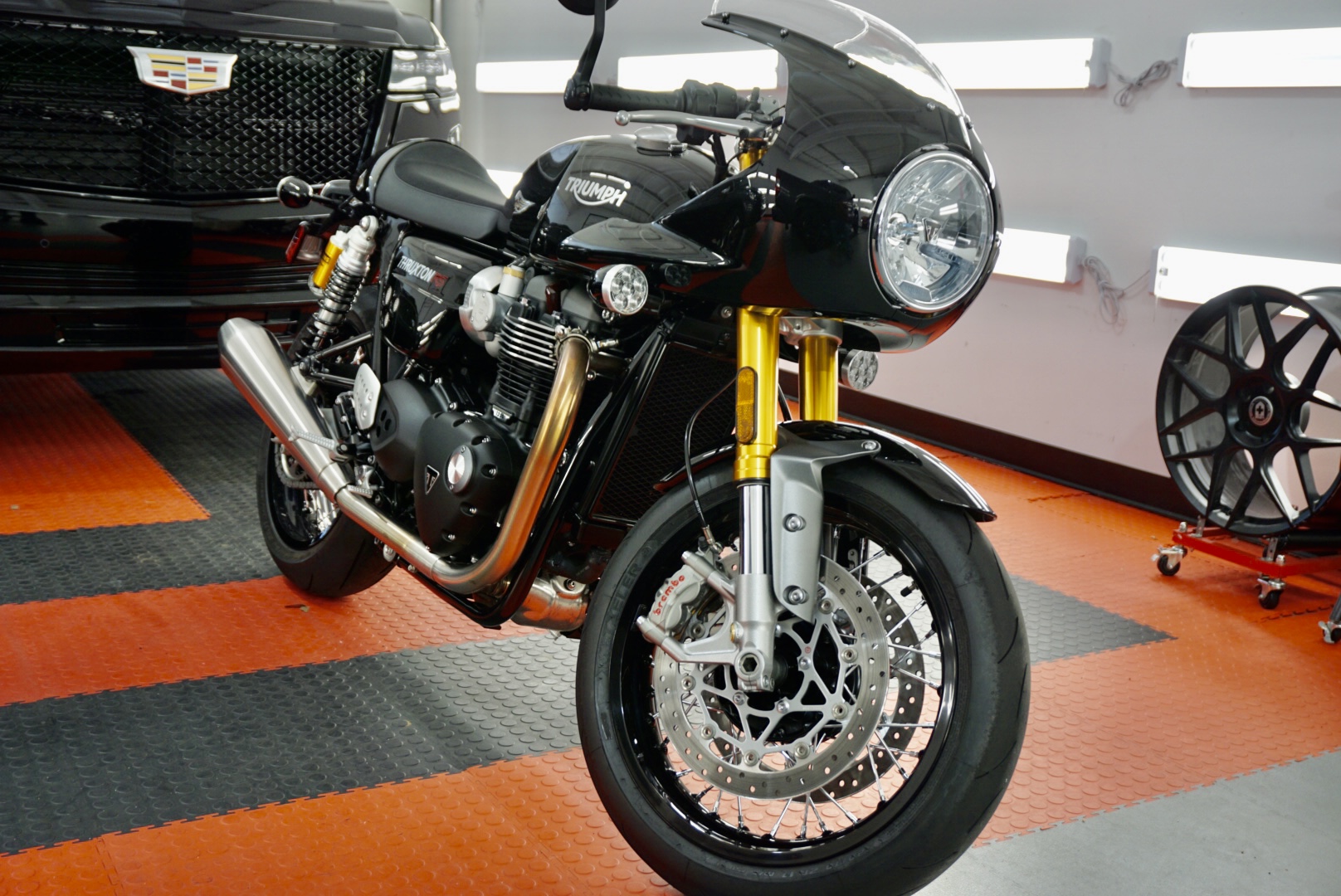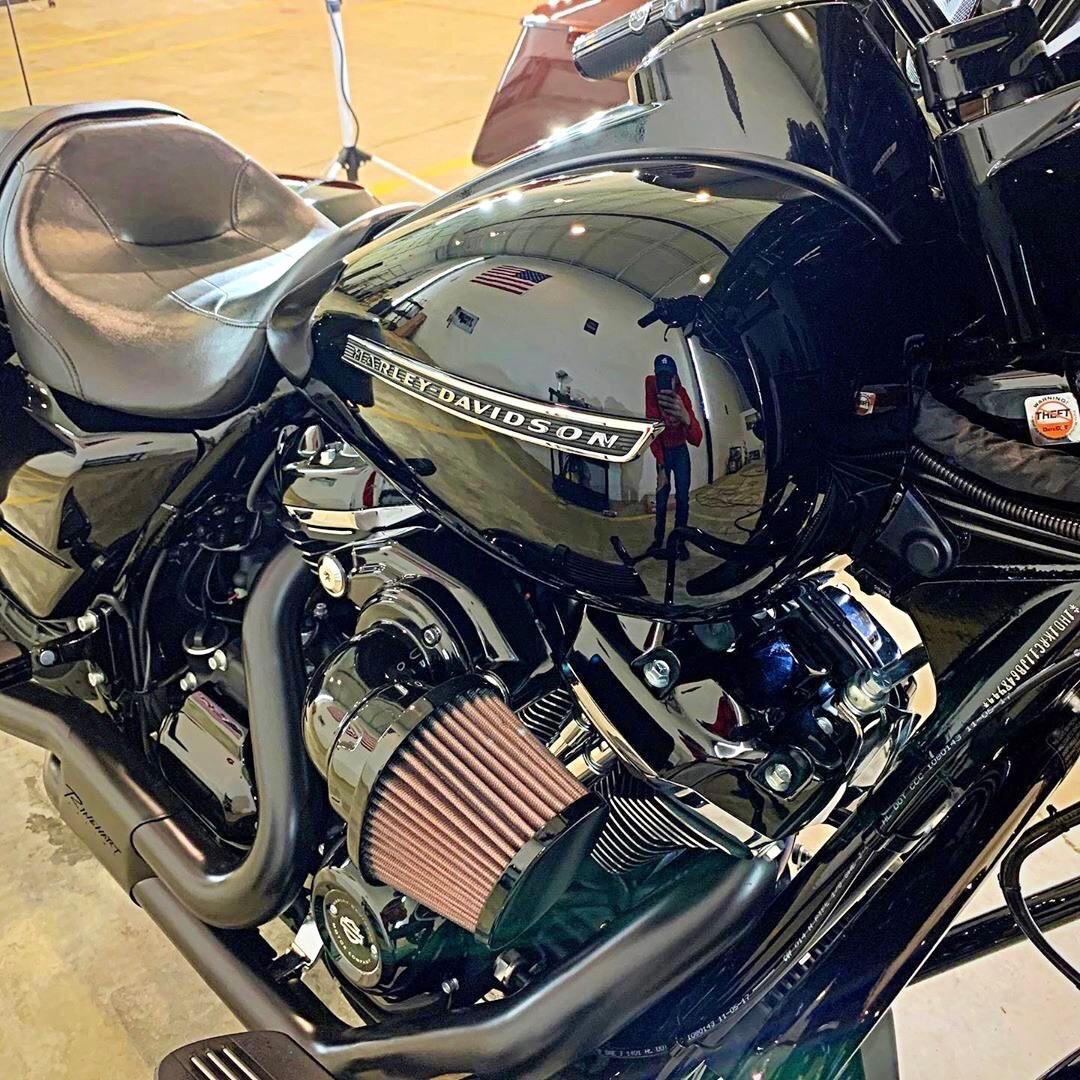Easy Application of Motorcycle Ceramic Coating: DIY Advice
Easy Application of Motorcycle Ceramic Coating: DIY Advice
Blog Article
Release the Potential of Your Motorcycle With Ceramic Finish: a Comprehensive Step-By-Step Overview

Advantages of Ceramic Finish
Enhancing the durability and look of your motorbike, ceramic covering supplies a safety layer that wards off dust and impurities, making upkeep much easier and expanding the life-span of the lorry. This ingenious layer develops a semi-permanent bond with the surface of the motorbike, creating a hydrophobic obstacle that prevents water places, oxidation, and UV damages. By minimizing the attachment of dirt and gunk, ceramic finishing not only keeps your motorbike looking pristine but additionally reduces the demand for frequent laundries and detailing.
Furthermore, the chemical resistance of ceramic coating shields the motorbike's paint from environmental contaminants and severe chemicals, such as bird droppings and tree sap, that can trigger etching and discoloration. This protective layer additionally uses UV protection, protecting against the paint from fading or discolouring over time because of sunlight exposure. Eventually, buying ceramic layer for your bike not only improves its aesthetic appeal yet likewise streamlines maintenance routines and maintains its problem for several years to find.
Needed Devices and Materials
What essential tools and materials are needed for using ceramic covering to your bike? To efficiently use ceramic layer to your motorcycle, you will certainly need a collection of vital tools and products. Firstly, you will certainly require a high-quality ceramic finish product particularly designed for motorbikes. Guarantee that the ceramic finishing you choose is ideal for the surfaces of your bike and offers the degree of defense you prefer. Furthermore, you will need a clean microfiber towel for applying the ceramic covering equally and without leaving any type of deposit.
Other necessary tools include applicator pads or towels for spreading out the ceramic covering, concealing tape to shield delicate areas from unintentional application, and handwear covers to maintain your hands clean during the procedure. It is additionally advised to have some isopropyl alcohol available for cleansing the surface of the bike before applying the ceramic layer. Lastly, having a well-ventilated work area or functioning outdoors is essential to make certain proper air flow while using the ceramic finishing to your motorbike.

Preparing Your Bike Surface Area
Prior to using ceramic layer to your motorcycle, detailed surface prep work is necessary to make certain optimal adhesion and longevity of the coating. Start by washing your bike with a pH-neutral shampoo to remove dirt, oil, and contaminants. Make use of a microfiber cloth to dry the surface completely. Next, examine the paint for any kind of blemishes such as scratches, swirl marks, or oxidation. Address these concerns by brightening or intensifying the impacted locations.
After remedying any kind of blemishes, make use of an alcohol-based paint cleaner to further clean the surface and eliminate any kind of continuing to be residues. This step is important as it makes certain a tidy canvas for the ceramic finish to bond efficiently. As soon as the surface area is clean and smooth, make use of a paint preparation or surface area prep product to remove any continuing to be oils or deposits that can prevent the bonding process.
Using Ceramic Covering
Having actually thoroughly prepared the surface of your motorcycle, the next crucial step is the precise application of ceramic finish to make sure enduring security and a shiny surface. Begin by making sure that the location is cool to the touch and out of straight sunshine. Shake the ceramic finishing bottle well prior to use to guarantee an uniform uniformity. Utilizing an applicator pad or cloth, apply a few decreases of the covering and work it into the surface using overlapping motions. It is very important to operate in tiny areas to ensure helpful resources even insurance coverage and avoid the covering from drying out as well quickly.
Once applied, permit the finishing to heal for the suggested time based on the read the article maker's directions. Usually, this ranges from 1 to 5 mins relying on the details product. After the healing period, carefully buff the surface area with a tidy, completely dry microfiber cloth to disclose a high-gloss shine. For ideal results, stay clear of exposing the motorcycle to water or other components for a minimum of 24-hour to enable the ceramic finishing to fully heal and bond to the surface area. This thorough application process will certainly not just improve the aesthetic appeal of your motorcycle but additionally offer long-lasting security versus ecological contaminants.
Maintenance Tips for Durability

Evaluating your motorbike frequently for any signs of damage to the ceramic covering, such as scratches or chips, and resolving them quickly can aid maintain the integrity of the covering. Using a ceramic coating booster or spray sealant every few months can also help invigorate the layer and give added defense versus environmental elements.
Finally, storing your motorbike in a garage or covered area when not being used can protect it from long term direct exposure to sunlight, rainfall, and various other damaging aspects that can wear down the ceramic covering - motorcycle ceramic coating. By adhering to these maintenance tips, you can ensure that your motorbike's right here ceramic coating continues to be long lasting and effective for a prolonged duration
Final Thought
In final thought, ceramic finishing can substantially enhance the appearance and defense of your motorbike. Proper prep work, application, and upkeep are key to making the most of the advantages of ceramic layer.
It is also recommended to have some isopropyl alcohol on hand for cleaning the surface of the bike prior to applying the ceramic layer. motorcycle ceramic coating. Having a well-ventilated work area or functioning outdoors is crucial to make certain proper air flow while applying the ceramic layer to your motorbike
Before using ceramic coating to your motorcycle, detailed surface preparation is necessary to make certain optimum attachment and longevity of the layer.Having meticulously prepared the surface area of your motorcycle, the following important action is the exact application of ceramic coating to make sure enduring defense and a shiny surface. For optimum outcomes, avoid exposing the bike to water or various other components for at the very least 24 hours to permit the ceramic finish to fully treat and bond to the surface area.
Report this page